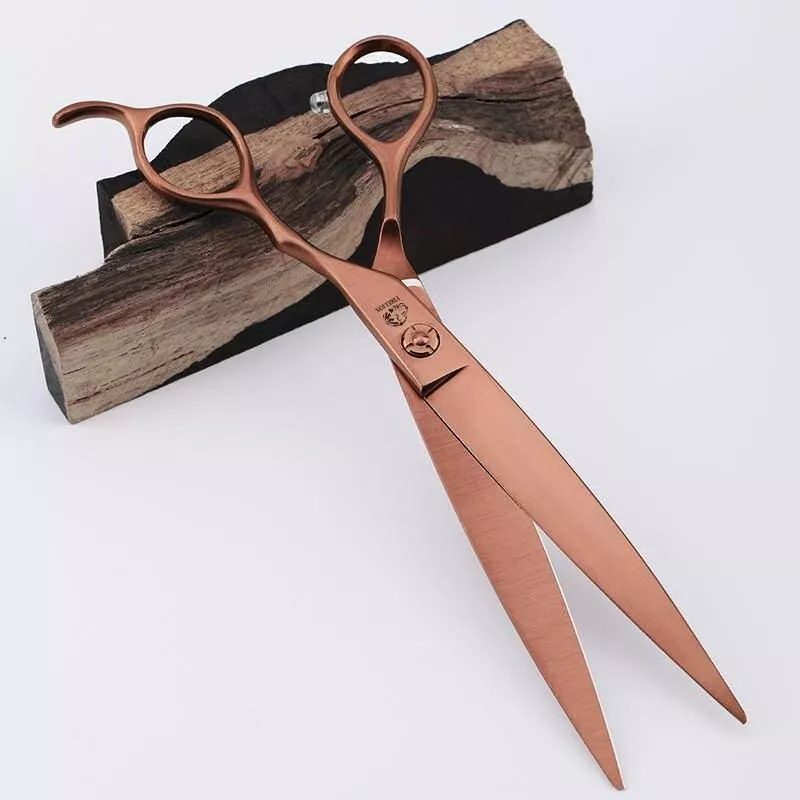“FURRY FABULOUS: THE GROOMING GAZETTE

Pet grooming is an essential aspect of pet care that serves multiple purposes, both anestric and health related. Regular grooming not only helps keep pets looking their best, but also allows for early detection of skin and health issues, such as parasites or infections. The frequency of grooming can vary depending on the breed sizes and type of coat your pet has. For instance, long-haired breeds might need daily attention.
The tools needed for pet grooming typically include brushes for detangle and bristle brushes for finishing. Cats may benefit from a fine-tooth comb or a grooming glove to minimize shedding. When grooming your pet, it’s crucial to use the right tools to avoid injuring their skin or causing discomfort. Precautions during pet grooming are important to ensure the safety of both the pet and the groomer. Always use tools designed for pets, as human products can be harmful or ineffective. Be gentle when brushing or combing to avoid pulling the hair or hurting the skin and take care when clipping nails to avoid cutting quick, when can cause bleeding and pain.
HOW OFTEN SHOULD YOU GROOM YOUR PET?
- Short-haired dog: brushing once a week.
- Long-haired dog: daily brushing
- Bathing: 4-6 weeks or as needed
- Nail Trimming: 3-4 weeks
- Ear Cleaning: monthly, or as advised by your vet.
COMMON PET GROOMING MISTAKES…
Often stem from a lack of knowledge or preparation one of the most frequent errors is not brushing the pet’s coat before bathing, which can lead to tangles and mats, especially in long-haired breeds. It’s also important to brush after the bath to remove any loose fur that the water may have loosened. Another mistake is using human grooming products on pets, which can be harmful due to different pH levels and sensitives Additionally, many pet owners neglect the importance of ear and dental care during grooming process, which can lead to infections and other health issues.
Over-bathing is another common mistake as it can strip the natural oils from the pet’s skin and lead to dryness and irritation. Conversely, not grooming often enough can result in excessive shedding, matting, and even severe problems like parasites or skin conditions going unnoticed. Using the wrong type of brush or comb can cause discomfort or injury, and failing to trim nails regularly can Iead to painful overgrowth and posture problems.
Many pet owners also make the mistake of not training their pets to tolerate grooming, which can make the experience stressful for the both the pet and the owner. It’s crucial to acclimate pets to grooming. Furthermore, some pet owners attempt to groom their pet without proper knowledge or tools, which can result in uneven haircuts or even accidental cuts.
Lastly, common mistake is not seeking professional help when needed. Professional groomers are trained to handle various breeds and coat types and can provide valuable advice and services.
HOME PET GROOMING:
For those considering home pet grooming, creating a calm environment is the key. Introduce your pet to the tools and process gradually, offering treats and praise to associate grooming with a positive experience. Start with short sessions and increase the duration as your pet becomes more comfortable.
Some tips for pet grooming include starting at an early age to acclimate your pet to the process, regularly checking ears, eyes, and teeth during grooming sessions and using the opportunity to bond with your pet. If you’re ever unsure about any aspect of grooming, consulting professional groomer or veterinarian can provide guidance tailored to your pet’s specific needs.
FELINE FINE: THE ART OF CAT GROOMING
For cats that sensitive to touch or have had negative grooming experiences in the past, it’s crucial to be extra gentle and patient. Starting by simple petting your cat in their favorite spots, then gradually introduce the brush. If your cat shows signs of stress or discomfort, it’s important to pause and give them a break. Using a soothing tone of voice can help calm the cat and offering favorite treats as positive reinforcement when they remain calm can encourage good behavior during grooming sessions.
Calming a nervous cat for grooming can be a challenging task, but there are several techniques that can help make the process smoother and less stressful for both the cat and the owner. One effective approach is to start slowly allowing the cat to become familiar with the brush, comb, or nail clippers by sniffing and examining them can help reduce fear and anxiety. Building a consistent routine can also aid in creating a sense of security and predictability for cats. Creating a quiet and comfortable grooming space is important. Turning off loud noises and ensuring the room well-lit can make the cat feel more at ease. Cats may respond well to calming music or sounds designed to reduce feline anxiety during grooming.
Incorporating pheromone spray or diffusers in the grooming area can create a calming environment. These products mimic the natural pheromones cats produce, which can have a reassuring effect. for some cats, sedative medications prescribed by a veterinarian may be necessary to ensure a safe and comfortable grooming experience. However, this should only be considered after consulting with a professional and exploring all other non-medicated options.













Leave a comment